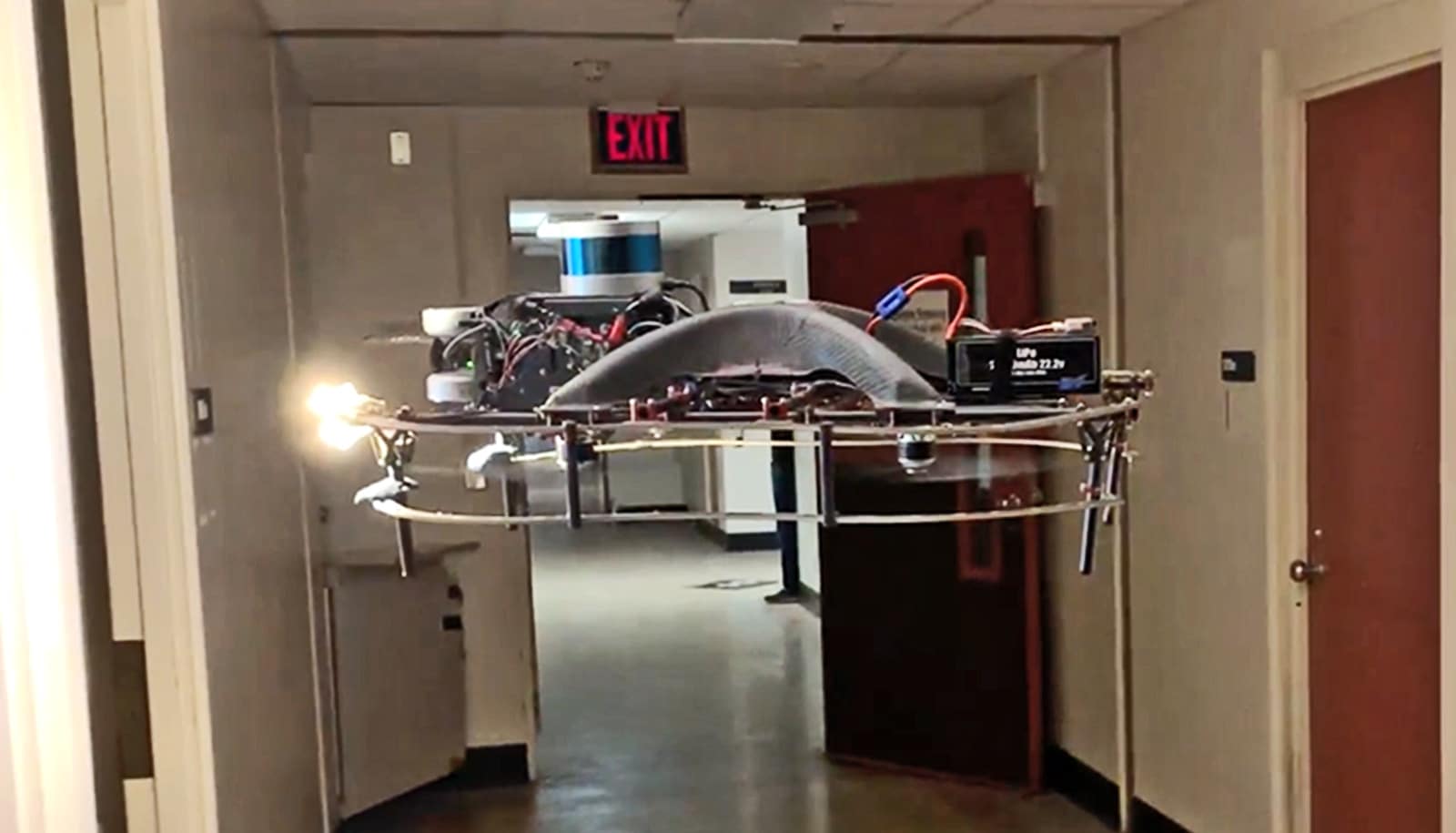Damage that natural disasters cause and the recovery efforts launched in their aftermaths have increased wealth inequality between racial groups in the United States, according to new research.
Researchers combined longitudinal data from nearly 3,500 families across the US with governmental data on local natural disaster damages, Federal Emergency Management Aid (FEMA), and demographics. They followed people from 1999 through 2013 as disaster damage of varying scale struck counties where they lived and examined the effects on their personal wealth.
“…wealth inequality is increasing in counties that are hit by more disasters.”
“Last year the United States suffered more than $260 billion in direct damages from natural disasters—mainly from hurricanes Harvey, Irma, and Maria,” says lead author Junia Howell, a scholar at Rice University’s Kinder Institute for Urban Research and an assistant professor of sociology at the University of Pittsburgh.
“And there were also numerous wildfires, floods, and tornadoes. Data show that since 2000, approximately 99 percent of counties in the US have experienced significant damage from some type of natural disaster, with costs expected to increase significantly over coming years. We wanted to investigate how these damages impact wealth inequality and accumulation.”
Losses and gains
As reported in Social Problems, whites who lived in counties with only $100,000 in damage from 1999 to 2013 gained an average of approximately $26,000 in wealth. However, those who lived in counties with at least $10 billion in damage during the same time period gained nearly $126,000, the paper reports.
“In other words, whites living in counties with considerable damage from natural disasters accumulate more wealth than their white counterparts living in counties without major natural disaster damage,” Howell says.
Among blacks, Latinos, and Asians, the results went the other direction.
Blacks who lived in counties with just $100,000 in damage gained an estimated $19,000 in wealth on average, while those living in counties with at least $10 billion in damage lost an estimated $27,000.
Latinos in counties with $100,000 in damage gained $72,000 on average, and those in areas with at least $10 billion in damage lost an estimated $29,000. And Asians gained $21,000 on average and lost $10,000, respectively.
“It’s unclear why more FEMA aid is exacerbating inequality.”
These differences occurred even after researchers controlled for a wide range of factors including age, education, homeownership, family status, residential mobility, neighborhood status, and county population.
“Put another way, whites accumulate more wealth after natural disasters while residents of color accumulate less,” Elliott says. “What this means is wealth inequality is increasing in counties that are hit by more disasters.”
Wealth disparities
Researchers estimated by county how much of the inequality is attributed to natural disasters. In Harris County, Texas, the disaster-related increase in the black-white wealth gap, on average, was $87,000.
The story doesn’t stop there, the researchers say. Counties that received more aid from FEMA saw additional increases in wealth inequality beyond that attributed to the natural disasters themselves. For example, whites living in counties that received at least $900 million in FEMA aid from 1999 to 2013 accumulated $55,000 more wealth on average than otherwise similar whites living in counties that received only $1,000 in aid.
Conversely, blacks living in counties that received at least $900 million in FEMA aid accumulated $82,000 less wealth on average than otherwise similar blacks living in counties that received only $1,000 in FEMA aid. Similarly, Latinos accumulated $65,000 less on average, and other races (majority Asians) accumulated $51,000 less.
“It’s unclear why more FEMA aid is exacerbating inequality,” Howell says. “More research is clearly needed. However, based on previous work on disasters such as hurricanes Katrina and Harvey, we know FEMA aid is not equitably distributed across communities.
“This is particularly true when it comes to infrastructural redevelopment, which often has profound effects on residents’ property appreciation and business vitality. When certain areas receive more redevelopment aid and those neighborhoods also are primarily white, racial inequality is going to be amplified.”
Other markers of inequality
In addition to exacerbating racial wealth gaps, the findings show that after natural disasters wealth inequality also increases based on home ownership. Individuals who owned homes in counties that experienced high levels of natural disaster damage accumulated $72,000 more wealth on average than their counterparts in counties with few disasters.
Renters, on the other hand, lost $61,000 in wealth on average relative to renters in counties with few natural disasters.
“Put another way, natural disasters were responsible for a $133,000 increase in inequality between homeowners and renters in the hardest hit counties,” Elliott says.
Similarly, college-educated residents accumulated $111,000 more on average if they lived in a county that experienced extreme disasters compared to their counterparts who did not live through disasters.
College isn’t a cure for the racial wealth gap
Conversely, those with only a 10th-grade education who lived in counties that experienced extreme disasters lost $48,000 from natural disaster damages on average when compared to counterparts who didn’t.
“In other words, in the counties with the most damage, natural disasters are responsible for a $159,000 increase in the educational wealth gap,” Howell says.
The results indicate that two major social challenges of our age—wealth inequality and rising costs of natural disasters—are increasingly and dynamically connected, the researchers say, adding that they hope the findings will encourage further examination of wealth inequality in the US and development of solutions to address the problem.
Ask an expert: How unusual were hurricanes in 2017?
“The good news is that if we develop more equitable approaches to disaster recovery, we can not only better tackle that problem but also help build a more just and resilient society,” the researchers say.
The team is now examining how local for-profit and nonprofit organizations influence social inequality after natural disasters to build on this work.
Source: Rice University



